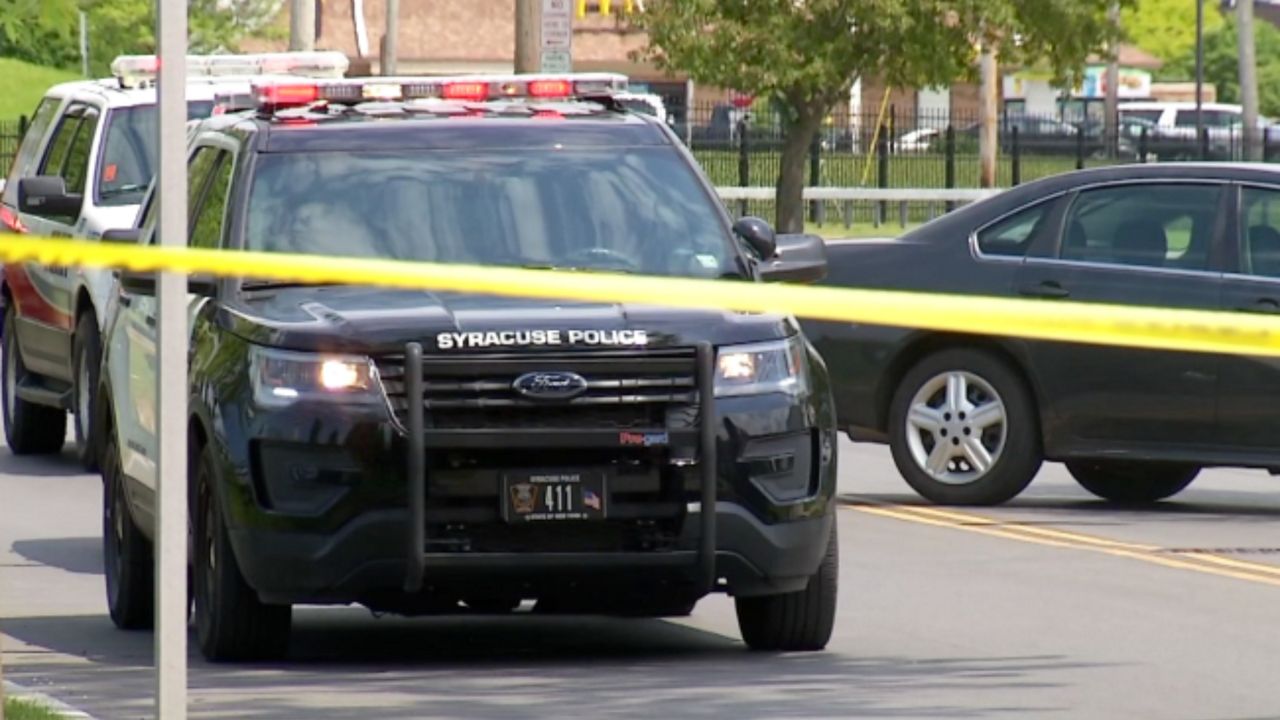On March 15, Syracuse’s Common Council passed the city’s proposed Police Reform and Reinvention plan. Though the vote was unanimous, it did not come without criticism.
That criticism came from city councilors and community activists alike.
“I think it’s a whole bunch of old procedures and policies that are a little reworded. But not really anything changed, not anything reformed, not anything reinvented, reimagined," said Hasahn Bloodworth with Rebirth SYR.
Bloodworth is a part of the 14-group coalition SPAARC, or the Syracuse Police Accountability and Reform Coalition. This summer, SPAARC presented its "People’s Agenda" for policing — a list of nine demands presented to the SPD and the administration of Mayor Ben Walsh.
The demands included updating the department’s use of force policy, adopting the Syracuse Right to Know Act, requiring all officers to wear body cameras, and giving the Citizen Review Board the power to discipline officers who break the law.
The city has now fully implemented the Right to Know Act, released a new Use of Force Policy draft which bans chokeholds (the policy was also revised in 2019), presented a revised no-knock warrant procedure which requires two levels of internal administrative review and approval, and drafted a new body-worn camera policy which requires officers to record the entirety of their encounters.
“Our document will be a living document, and there will continue to be updates to that document," said Syracuse Police Chief Kenton Buckner.
Buckner says he was hired to make the department match the needs of the 21st century. He says the "heavy lifting" for the revisions to the use of force and body-worn camera policies were done long before the reform plan.
“We believe if you take an objective eye and look at the Syracuse Police Department, you will see significant change, and I think our community will agree with that," the chief said.
But many of SPAARC's demands were not clearly met, like removing resource officers from schools, or redirecting a large portion of the department's budget into other community investments, and giving the CRB the power to discipline officers who break the law.
“Nowhere in the country can police police themselves," said SPAARC's Yusuf Abdul-Qadir. "That’s like asking gangsters to police gangsters or children to police themselves. It just doesn’t make sense.”
The plan states it will improve relations with the CRB by ensuring “flow of documents and information” to the board, reviewing the board’s disciplinary recommendations prior to making a final determination, and the chief will provide a written explanation when there is no discipline or lesser discipline than recommended. It essentially keeps the CRB's role exactly how it was, with the promise of more transparency.
“I don’t know any police in this country that would be interested in giving away their ability to hire and fire for the police department," Buckner said.
The plan includes an oversight committee, chaired by Deputy Mayor Sharon Owens, to make sure the plan is followed.



